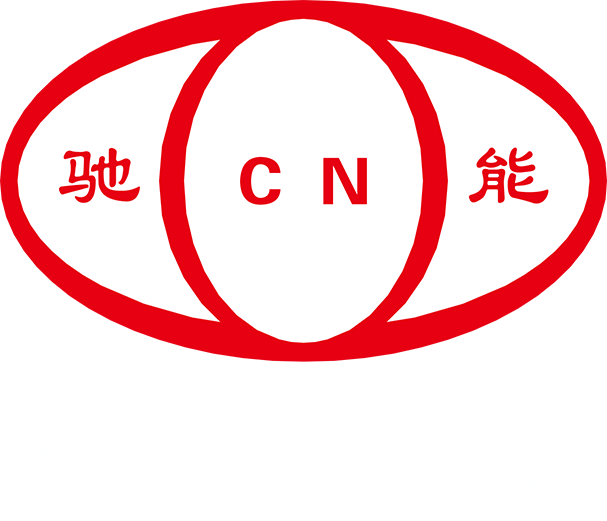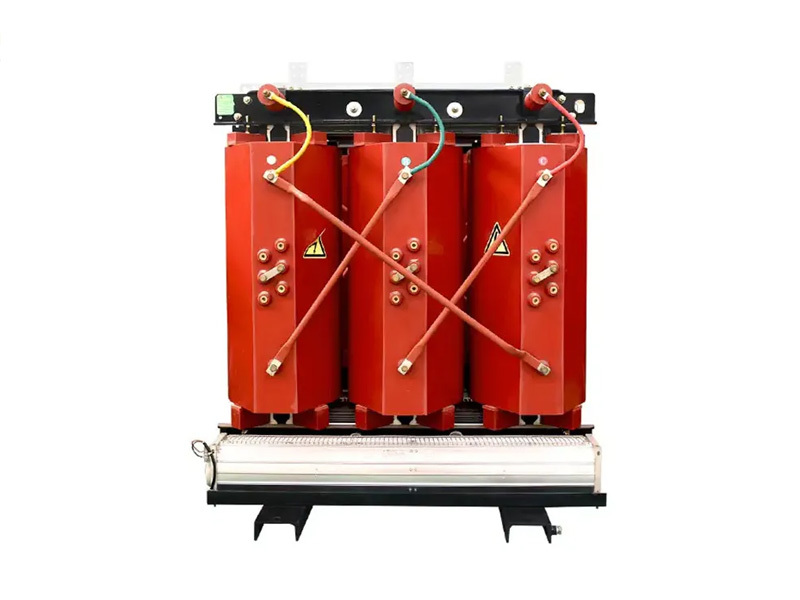He' Nan Chineng Electric Power Equipment Co., Ltd
Why Choose Dry-Type Transformers for Your Industrial Applications?
Jun 06,2025
Why Choose Dry-Type Transformers for Your Industrial Applications?
Introduction to Dry-Type Transformers
In the world of electrical engineering, transformers play a critical role in the distribution of electricity. Among the various types of transformers, **dry-type transformers** have gained significant attention for industrial applications. These transformers utilize air as the primary cooling medium, making them a safe and efficient option. In this article, we will delve into the reasons why dry-type transformers are favored in industrial settings, examining their advantages, applications, and the technology behind them.
Understanding Dry-Type Transformers
Dry-type transformers are distinct from their oil-filled counterparts, operating without any liquid insulation. They are constructed using insulated conductors and are cooled by natural air circulation or forced air cooling. The absence of oil means that they carry a lower risk of fire and environmental hazards, making them a preferred choice for various industrial applications.
Key Features of Dry-Type Transformers
Dry-type transformers boast several features that enhance their performance and reliability. Some of the key features include:
1. Environmentally Friendly Design
Dry-type transformers do not contain oil, which significantly reduces the risk of spills and environmental contamination. This eco-friendly design aligns with modern sustainability goals and regulations.
2. Enhanced Safety
Since they lack flammable liquids, dry-type transformers are safer in operations. They can be installed in sensitive areas, such as commercial buildings, where safety is paramount.
3. Low Maintenance Requirements
These transformers require minimal maintenance compared to oil-filled transformers. The absence of oil means no need for regular inspections related to oil levels or leaks, reducing overall servicing costs.
4. Compact Design
Dry-type transformers can be built in a compact form, allowing for more efficient use of industrial space. Their smaller footprint makes them easier to integrate into existing systems.
Applications of Dry-Type Transformers in Industry
The versatility of dry-type transformers lends itself to a wide range of applications in various industrial sectors.
1. Commercial Buildings
In commercial buildings, dry-type transformers are often used to step down high voltage to lower levels suitable for lighting and electrical equipment. Their safety features make them ideal for use in occupied spaces.
2. Industrial Manufacturing
Heavy machinery and equipment in manufacturing plants often require reliable power supply, making dry-type transformers a preferred choice. Their robustness ensures that they can handle fluctuating loads effectively.
3. Renewable Energy Systems
With the rise of renewable energy sources, dry-type transformers are essential in converting the generated power into usable forms. They are commonly used in wind and solar energy installations.
4. Hospitals and Healthcare Facilities
The healthcare sector demands uninterrupted power supply for critical equipment. Due to their reliability and safety, dry-type transformers are often used to power essential services in hospitals.
Benefits of Choosing Dry-Type Transformers
When considering the installation of transformers for industrial applications, the benefits of dry-type transformers are compelling.
1. Reliability and Performance
Dry-type transformers are designed to operate continuously under varying load conditions. Their solid construction ensures consistent performance, reducing downtime and maintenance needs.
2. Flexibility in Installation
These transformers can be installed indoors or outdoors, offering flexibility in engineering designs. Their lightweight nature also simplifies transportation and installation processes.
3. Thermal Management
The air-cooling mechanism of dry-type transformers facilitates effective thermal management. This feature helps to maintain optimal operating temperatures, enhancing the longevity of the equipment.
4. Improved Energy Efficiency
Dry-type transformers are engineered to minimize energy losses during the voltage conversion process. This efficiency translates to lower operational costs for industrial users.
Comparing Dry-Type Transformers with Oil-Filled Transformers
Understanding the differences between dry-type and oil-filled transformers is crucial for making an informed decision.
Safety Concerns
While oil-filled transformers pose risks related to fire and environmental hazards, dry-type transformers mitigate these issues. This safety advantage makes dry-type transformers suitable for various applications where safety is an utmost concern.
Operational Efficiency
Dry-type transformers typically exhibit lower operational losses due to their design. In contrast, oil-filled transformers may encounter losses from insulation breakdown over time, affecting efficiency.
Maintenance Considerations
As previously mentioned, dry-type transformers require less maintenance. Oil-filled units necessitate regular checks for leaks and oil quality, which can incur additional costs and effort.
Installation Flexibility
Dry-type transformers can be installed in diverse environments, including areas where flammable materials are present. Their versatility allows for greater adaptability in various industrial settings.
Installation and Maintenance of Dry-Type Transformers
Proper installation and maintenance are vital to maximizing the lifespan and performance of dry-type transformers.
Installation Guidelines
When installing dry-type transformers, consider the following guidelines:
1. **Location**: Ensure adequate ventilation to facilitate cooling.
2. **Mounting**: Follow manufacturer specifications for mounting to ensure stability.
3. **Electrical Connections**: Conduct connections following industry standards to prevent electrical faults.
Maintenance Best Practices
The maintenance of dry-type transformers, while minimal, should still adhere to specific practices:
1. **Regular Inspections**: Check for signs of wear and tear, including loose connections or physical damage.
2. **Cleaning**: Dust and debris can accumulate on the surface; regular cleaning helps maintain efficiency.
3. **Thermal Imaging**: Utilizing thermal imaging technology can help identify potential hot spots that may indicate problems.
Cost Considerations for Dry-Type Transformers
The overall cost of dry-type transformers can vary based on several factors, including size, specifications, and application.
Initial Investment vs. Long-Term Savings
While the initial purchase price of dry-type transformers may be higher than oil-filled options, the long-term savings in maintenance, energy efficiency, and reduced risk can make them a more economical choice over time.
Budgeting for Installation
When budgeting for installation, consider both the transformer cost and the installation expenses. Professional installation can ensure optimal performance and safety.
Future Trends in Transformer Technology
As industries evolve, so too does transformer technology. Innovations in dry-type transformers are paving the way for even greater efficiency and safety.
Smart Transformers
The integration of smart technology into dry-type transformers allows for real-time monitoring and data analysis. This advancement enhances predictive maintenance and energy management.
Advancements in Materials
Research into new insulating materials promises to improve the performance and lifespan of dry-type transformers, making them even more efficient and reliable for industrial applications.
Frequently Asked Questions (FAQs)
1. What are the main advantages of dry-type transformers?
Dry-type transformers offer enhanced safety, lower maintenance costs, environmental friendliness, and improved energy efficiency.
2. Can dry-type transformers be used outdoors?
Yes, dry-type transformers can be installed outdoors, provided they are adequately protected from environmental elements.
3. How do dry-type transformers handle load fluctuations?
Dry-type transformers are designed to operate effectively under varying load conditions, maintaining performance and reliability.
4. Are dry-type transformers more expensive than oil-filled transformers?
While the initial cost may be higher, the long-term savings in maintenance and energy efficiency often make them more economical.
5. What maintenance is required for dry-type transformers?
Regular inspections, cleaning, and thermal imaging checks are recommended to ensure optimal performance.
Conclusion
In conclusion, the choice of dry-type transformers for industrial applications is driven by their numerous advantages, including safety, reliability, and efficiency. As industries continue to prioritize environmental sustainability and operational efficiency, dry-type transformers stand out as a practical solution. Understanding their features, applications, and maintenance requirements can help businesses make informed decisions that enhance their electrical infrastructure. Investing in dry-type transformers not only contributes to improved performance but also aligns with modern safety and energy efficiency standards, making them an ideal choice for the future of industrial power distribution.










